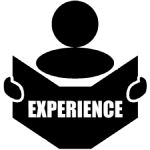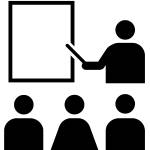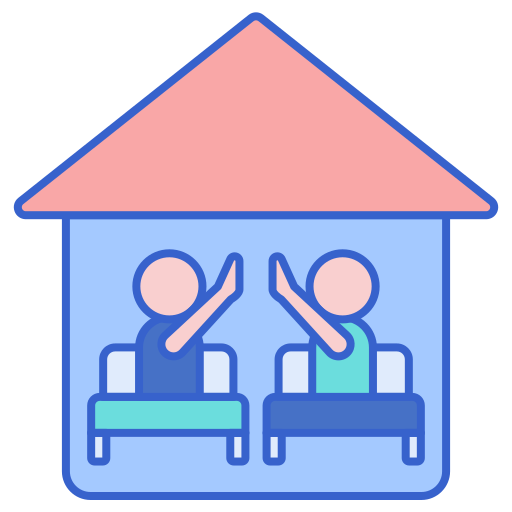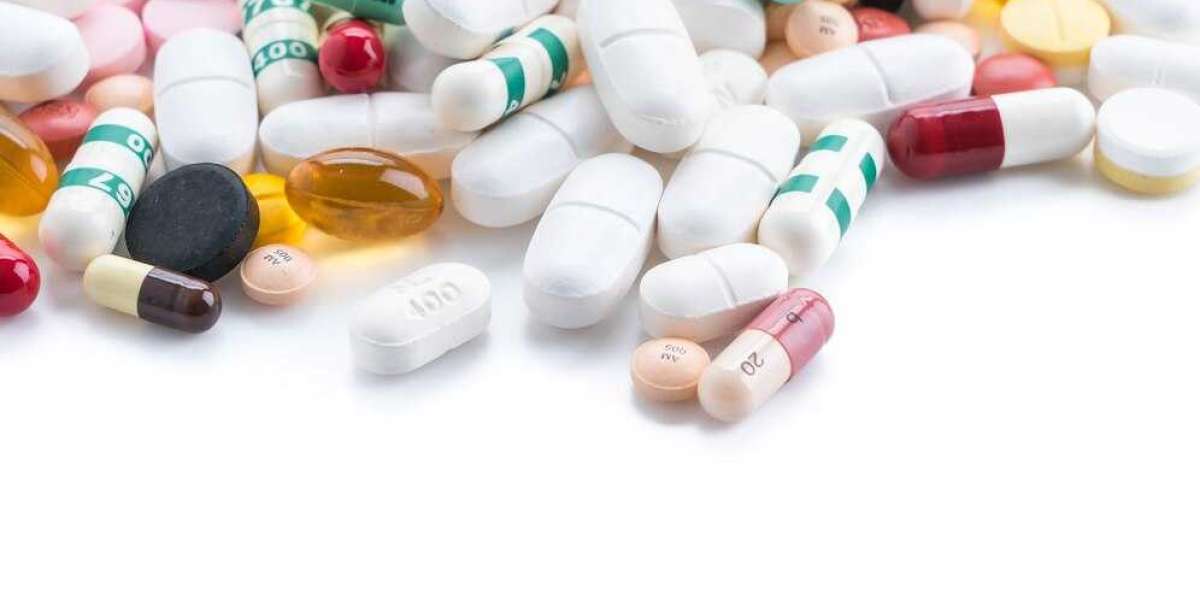What Is Drug Development?
Drug development is the step-by-step process of bringing a new medicine from the lab to the pharmacy. It includes drug discovery, lab research, testing in people, and approval by health agencies. Every step takes time and money. But it’s necessary to make sure medicines are safe and effective.
Drug Discovery: Where It All Begins
Drug discovery is the first part of drug development. This is when scientists look for new compounds that can help treat or cure diseases. They might study plants, create chemicals in a lab, or test existing drugs for new uses.
Researchers often start with thousands of possible compounds. They test how these interact with cells, proteins, or enzymes. Most won’t work. A few might show promise. These are called “lead compounds.” Scientists study these more to see how they work and whether they’re safe.
Key Steps in Drug Discovery:
Identify a disease target (like a specific protein or gene)
Screen chemical libraries to find active compounds
Modify the best ones to improve their effect
Study how they act in cells and animals
Drug discovery usually takes several years. It’s slow because it involves trial and error. But it’s the foundation for everything that follows.
Preclinical Testing: Before It Reaches Humans
Once a lead compound looks promising, the next step is preclinical testing. This happens in the lab using cells and animals. Researchers check for safety, how the body absorbs the drug, and how long it stays active.
They ask questions like:
Is it toxic?
Does it affect major organs?
What dose is safe?
If the drug passes these tests, researchers can apply to start human trials. This is done through something called an Investigational New Drug (IND) application. The application goes to regulatory agencies like the FDA in the U.S.
Drug Clinical Development: Testing in Humans
Drug clinical development is when testing moves from animals to people. It happens in phases, each with a clear goal.
Phase 1: Safety First
This phase uses a small group of healthy people (20–100). The goal is to test safety and figure out a safe dose. Researchers monitor side effects and how the body processes the drug.
Phase 2: Does It Work?
In this phase, the drug is tested on a few hundred people who have the disease. The goal is to see if it works and to collect more safety data.
Phase 3: Large-Scale Testing
This phase involves thousands of people across multiple locations. It compares the new drug to existing treatments or a placebo. If the results are good, the company can apply for approval.
Phase 4: After Approval
Once a drug is approved, it still gets monitored. Researchers continue to track side effects and long-term results. This helps catch rare issues that didn’t show up in earlier trials.
Regulatory Review and Approval
Once clinical trials are done, the company sends all the data to a regulatory agency. In the U.S., that’s the FDA. The agency reviews the evidence and decides whether to approve the drug.
They look at:
Safety data
Effectiveness data
How the drug is made
Labeling information
If everything checks out, the drug is approved for public use. The whole process—from discovery to approval—can take 10 to 15 years.
Manufacturing and Quality Control
Approval doesn’t mean the job is done. Now the drug has to be produced on a large scale. This step requires strict quality control. Each batch must be consistent. The manufacturing process must meet good manufacturing practices (GMP).
Companies also have to monitor supply chains and storage conditions. Some drugs break down if exposed to heat, moisture, or light.
Why Drug Development Takes So Long
Drug development is slow because it’s complex and risky. Out of every 10,000 compounds discovered, only one makes it to market. The rest fail somewhere along the way—often because of safety issues, poor results, or manufacturing problems.
Also, clinical trials require time and money. Companies must follow strict rules to protect human volunteers. And regulatory agencies don’t rush approvals. They want solid proof that a drug works and won’t cause harm.
What About Supplements?
Supplements don’t go through the same drug development process. They aren’t classified as drugs, so they’re not tested the same way. For example, the best supplements for hair growth and thickness may contain ingredients like biotin, collagen, or saw palmetto. These might help some people. But they haven’t been tested in large clinical trials like prescription drugs.
That doesn’t mean they’re useless. But it does mean you should be cautious. Some supplements can interact with medications or cause side effects. Always talk to a doctor before starting a new one.
Unlike drugs, supplement companies don’t have to prove their products work before selling them. They only have to make sure they’re not harmful. And even then, regulation is limited.
Why Drug Development Matters
Without drug development, we wouldn’t have treatments for cancer, infections, or chronic diseases. The process may seem slow, but it protects people. Each step—from drug discovery to drug clinical development—helps ensure that new treatments are safe and effective.
Here’s why it matters:
It protects public health
It prevents harmful drugs from reaching the market
It builds trust in healthcare systems
And while the process is long, science is improving. Machine learning, better lab tools, and faster data analysis are helping speed things up.
Conclusion
Drug development isn’t simple. It involves many stages, a lot of research, and years of work. But it’s the best way to make sure new medicines are safe and effective.
Drug discovery starts the journey. Preclinical studies and clinical trials build the evidence. Regulatory review ensures safety. And ongoing monitoring catches problems early.
Even though supplements like those for hair growth might seem like a shortcut, they don’t follow this same path. That’s why it's important to be informed and careful when choosing what to take.
New treatments change lives. But getting them right takes time, patience, and science.
 Meet Ups
Meet Ups
 Experiences
Experiences
 Learning Center
Learning Center
 Accommodation
Accommodation
 Roomie
Roomie
 Ride
Ride
 Spread the Word
Spread the Word
 Student Bazaar
Student Bazaar
 Jobs
Jobs
 Blogs
Blogs
 About StudentInsta
About StudentInsta

